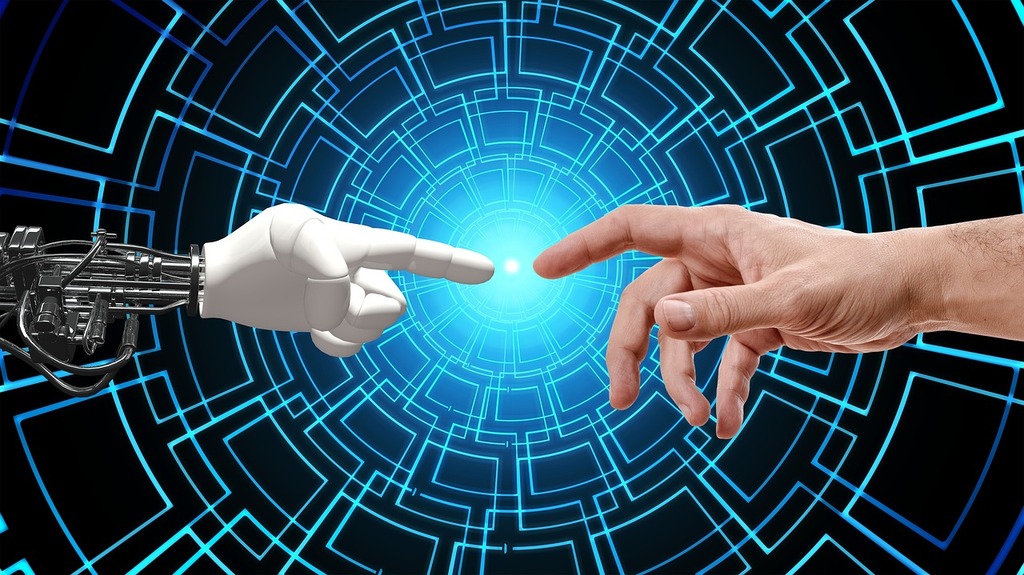
We know Intellectual Property, or IP. Patents, trademarks, copyrights. But now creators increasingly rely on artificial intelligence to create - inventing a new molecule, writing a new screenplay, creating a new company logo and website - not through their intellect alone, but by or with the assistance of artificial intelligence. Who owns the creation? Who has the right to sue for infringement? It is time to define and address this new form of intangible property - Artificial Property.
December 2023
"Artificial Property" - a form of intangible property created by or with the material contribution of artificial intelligence. There, I've made public the term that I coined as I witnessed artificial intelligence ("AI") enter the sphere of intellectual property ("IP") creation. Inventors relying on AI to "create" a new molecule. Screen or songwriters relying on AI to write a new movie script or song. Marketers relying on AI to create a new company logo and website. The list goes on, and with increasing fervor of late so does the debate - about who "owns" the rights to these hybrid creations, whether they are in the "public domain," when a "new" creative work created through AI transforms into a derivative work, who has standing to sue for infringement, etc. Just recently, Microsoft was sued for copyright infringement, because it allegedly misused the copyrighted works of nonfiction authors to train the artificial intelligence models that its services like ChatGPT use. Read about that here.
We know IP, and what it is. Universally, IP is defined and described as a product of the human mind. The World Intellectual Property Organization ("WIPO") describes IP as "creations of the mind, such as inventions; literary and artistic works; designs; and symbols, names and images used in commerce." See that here. Similarly, Merriam-Webster defines intellectual property as "property (such as a concept, idea, invention, or work) that derives from the effort of the mind or intellect." See that here. There are any number of definitions, but the Legal Information Institute at Cornell Law makes it clear - "Intellectual property (I.P. or IP) is a type of property encompassing the products of original human thought." Read their definition here. We know what IP is, how it is created, the relative rights and obligations of those who are involved in its creation, modification, licensing and assignment, transfer, infringement, and the like. Congress, legislatures, and the courts have been deciding cases and specific issues relating to IP for many years. We have available an extensive body of caselaw to inform and provide guidance for the myriad disputes that arise relating to IP. And while there is plenty of grey when it comes to IP issues, the ground is relatively firm with respect to the basic legal principles involved.
But now, as AI increasingly enters the sphere of society, we are confronted with myriad new questions about the resulting products of the effort. What are the policy implications of the use of AI to create intangible property? What are the contours of the boundaries between traditional intellectual property, and this new and growing form of property created not by human intellect or through human creativity alone, but by or with the assistance of artificial intelligence? Who owns this intangible property? Who has the right to sue for infringement, and reap the monetary and other benefits of infringement once established? Courts and litigants are facing with increasing frequency these and many other questions when it comes to the use of AI to create something "new." And in many ways, they are struggling to apply traditional IP concepts to a nascent area of legal dispute. As in any burgeoning area of the law, there is significant risk of inconsistent decisions, which will lead to lack of clarity, which stands to increase the literal and figurative costs of resolving the many issues involved in such disputes.
This, in my view then, demands that we ask (and answer) a fundamental question - is such intangible property, created by or through use of AI, actually IP at all? Is it something else entirely, namely Artificial Property ("AP")? Or should there be a "sliding scale" through which we classify the type of intangible property as either IP or AP, depending perhaps on the nature and extent of AI use in the creative process? What are the implications? Standby as I continue to assess, analyze, and publish on these and related issues. Because unless and until we humans, using our intellects, resolve this fundamental question, we risk having it answered for us by the very technology that stands to upend much more than just the world of IP.